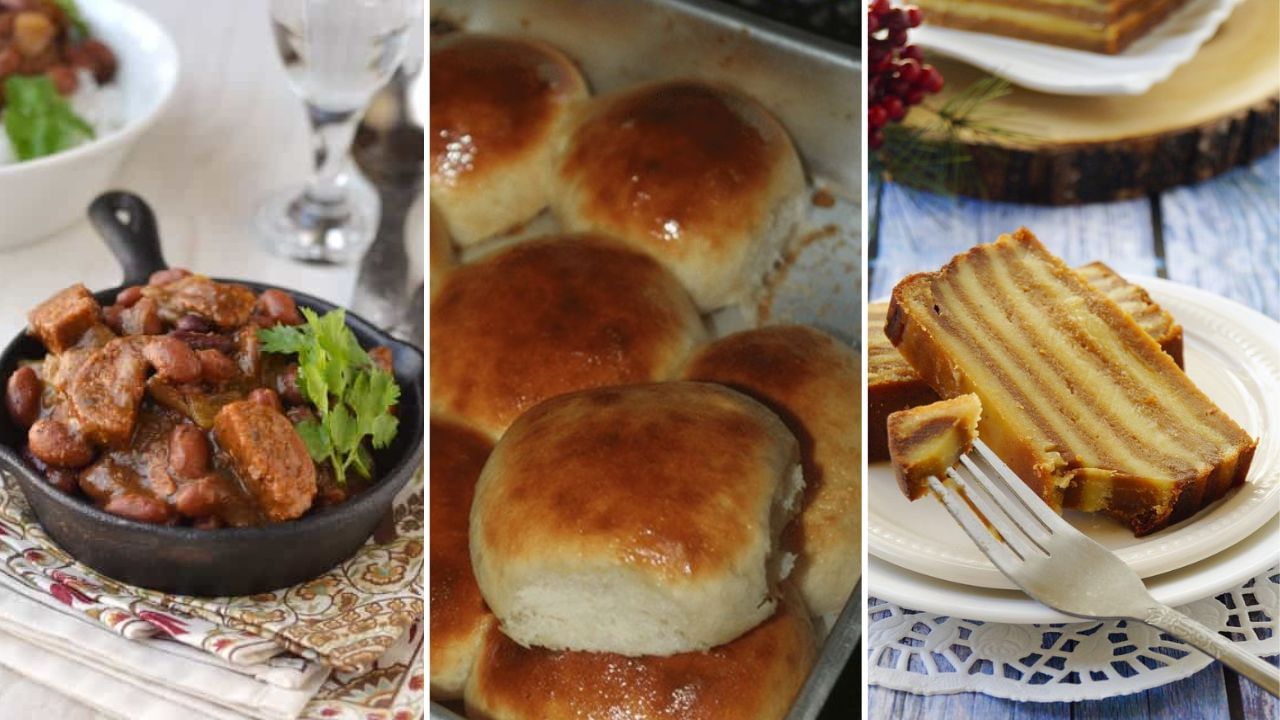New Delhi: Goan food is a rich blend of Indian spices, Portuguese influence, and local ingredients, making it one of India’s most distinctive regional cuisines. Many dishes carry historical roots that reflect centuries of trade, colonisation, and cultural exchange. From breads and curries to desserts, Goan food combines diverse flavours and cooking techniques. Christian and Hindu communities in Goa have developed unique versions of the same dish, often varying in spices, use of vinegar, and cooking methods.
Sample the Goan food at a local restaurant or try recipes at home; understanding these culinary nuances provides a deeper appreciation of the cuisine. Ingredients like vinegar, coconut, and native spices define the taste, while the stories behind iconic dishes highlight Goa’s vibrant food history and cross-cultural influences. Explore more.
Key dishes and ingredients that define Goan cuisine

1. Feijoada
A hearty stew of beans, meats and spices, Feijoada has origins in Brazil and was historically prepared for labourers in Portuguese colonies. Its introduction to Goa reflects the long-standing influence of Portuguese culinary traditions.
2. Pao or Pav
This soft bread, widely used across Goa, comes directly from Portuguese pao. It is the backbone of many dishes and snacks, including sandwiches and curries, offering a mild flavour that balances spicier accompaniments.
3. Bebinca
A layered egg-based dessert, Bebinca traditionally has seven layers, representing the seven hills of Lisbon and Old Goa. Its rich, sweet flavour has made it a staple at celebrations and festive occasions.
4. Chicken Cafreal
This spicy chicken preparation was introduced to Goa by East African workers and soldiers during Portuguese rule. The dish combines local spices with African and Portuguese influences, resulting in its iconic flavour.
5. Recheado Masala
Derived from the Portuguese word “rechaad”, meaning to stuff or apply, Recheado Masala is a key spice blend in Goan cuisine. Variations include Para, Molho, Balchao, Sorpotel and Vindalho, which showcase the region’s diverse culinary palette.
6. Vinegar
Fermented coconut toddy vinegar is central to Luso-Goan cuisine, especially among the Christian community. It provides the tangy base for many curries and masalas, shaping the distinctive flavour profile of Goan dishes.
7. Kodi
Goan curries, or “Kodi,” differ between Catholic and Hindu communities. While Catholic versions often use vinegar and spices, Hindu versions may incorporate ingredients like tefla, highlighting the subtle differences in culinary traditions across communities.
Goan cuisine is a vibrant reflection of history, culture, and local ingredients. With its blend of flavours, Goan cuisine continues to charm and inspire food lovers everywhere.
